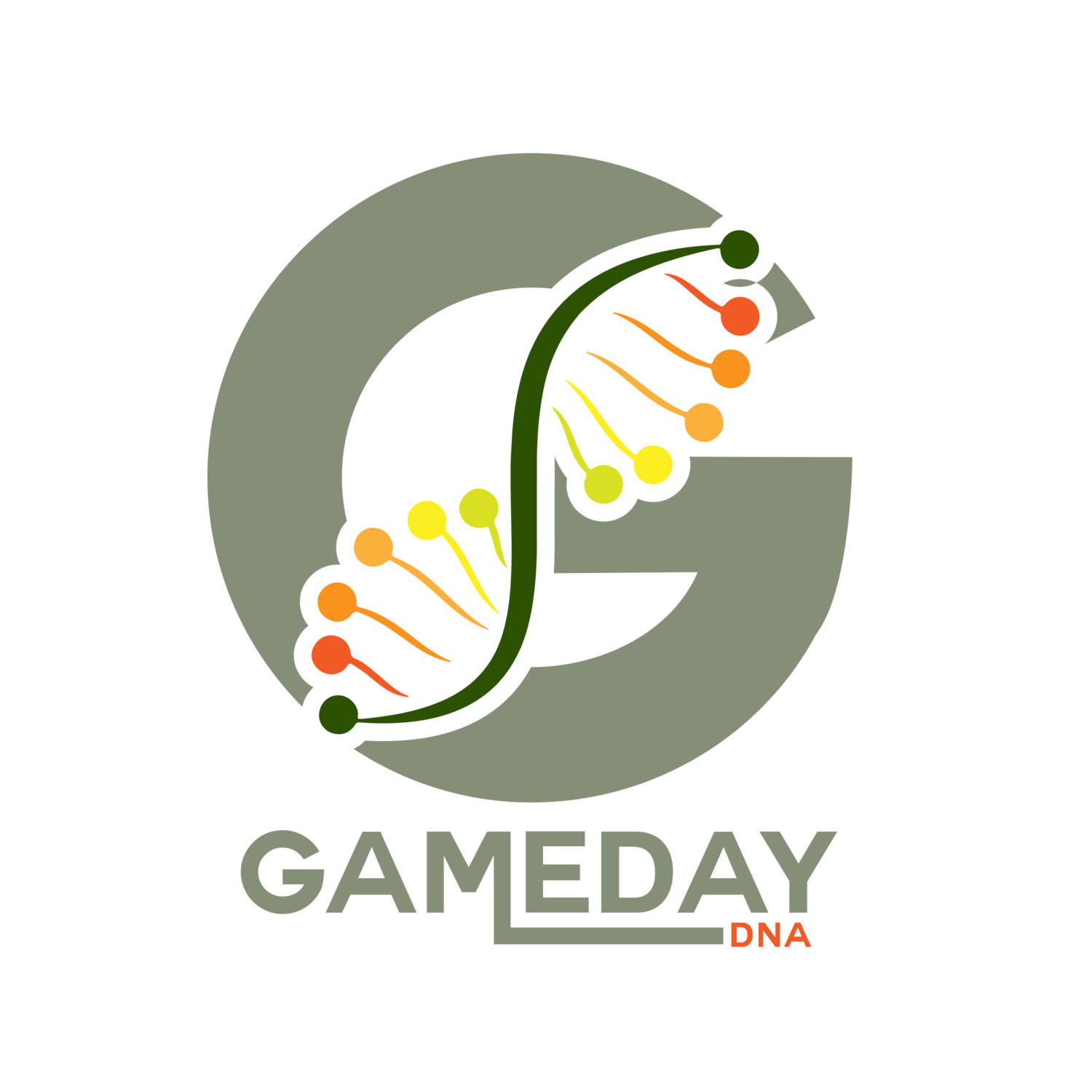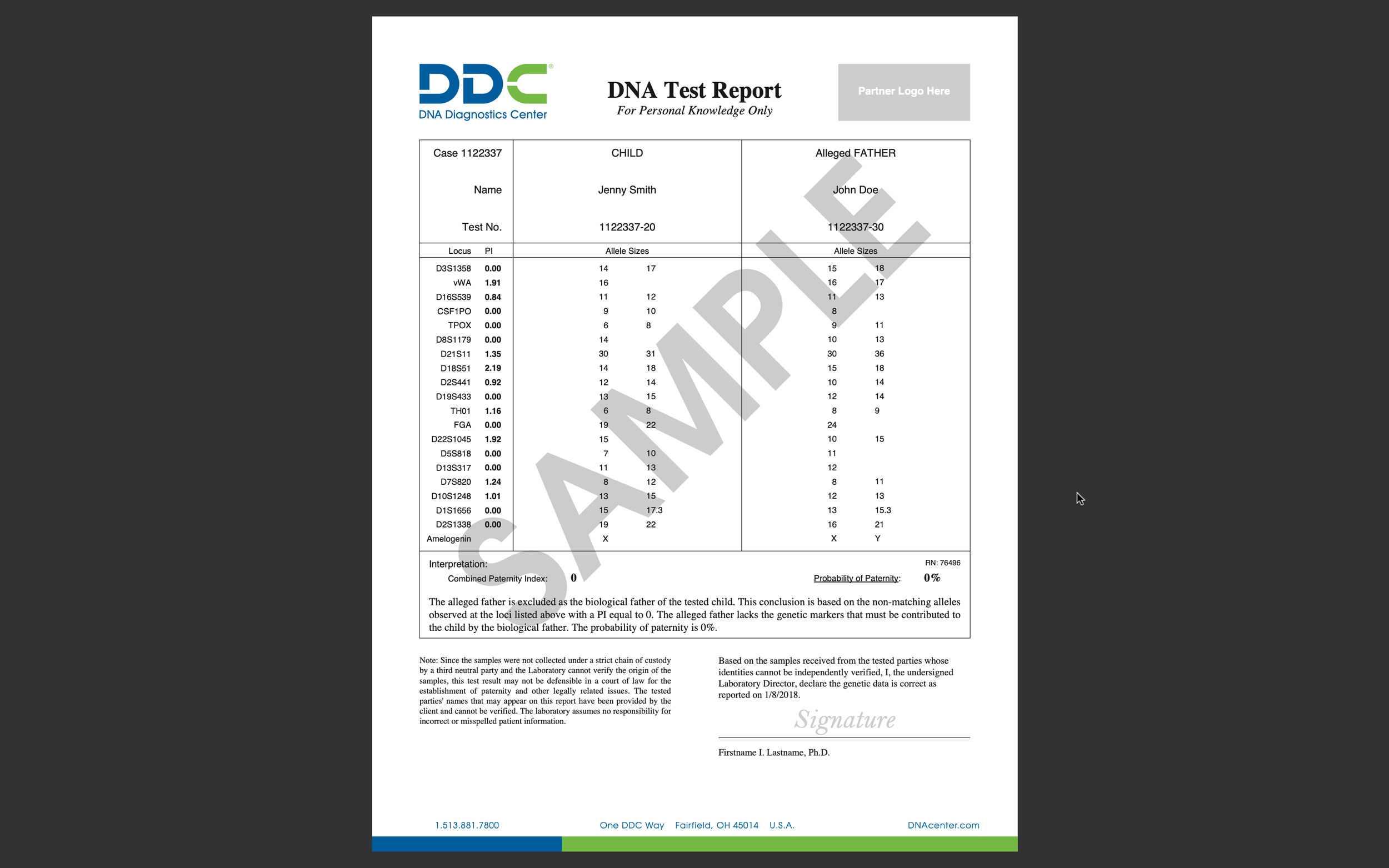What a DNA Paternity Test Can and Can’t Tell You
Understanding DNA Paternity Testing
DNA paternity testing is a powerful tool for confirming biological relationships, offering over 99% accuracy when conducted by accredited labs. While these tests provide definitive answers about parentage, they also have limitations. In this blog, we’ll explore what paternity tests can reveal, what they can’t, and how to navigate their complexities.
What a DNA Paternity Test Can Tell You
1. Biological Parentage Confirmation
The primary purpose of a DNA paternity test is to confirm whether an alleged father is biologically related to a child. By analyzing genetic markers shared between the two, labs can determine parentage with over 99% accuracy for positive matches or 100% certainty for exclusions.
2. Prenatal Paternity Testing
Advancements in technology allow for non-invasive prenatal paternity (NIPP) testing as early as 7 weeks into pregnancy. This method analyzes fetal DNA found in the mother’s bloodstream, providing safe and accurate results without risk to the baby or mother.
3. Legal Documentation
When conducted under chain-of-custody protocols, paternity tests are admissible in court for cases involving custody disputes, child support claims, or inheritance rights.
What a DNA Paternity Test Can’t Tell You
1. Personal Traits or Characteristics
Paternity tests focus solely on genetic relationships and cannot determine personal characteristics like personality, intelligence, or physical traits.
2. Age of Individuals
DNA testing cannot reveal the age of participants. It only identifies shared genetic markers to confirm biological relationships.
3. Identical Twin Challenges
Identical twins share identical DNA profiles, making it impossible to distinguish between them using standard paternity testing methods without advanced genomic sequencing.
Limitations of DNA Paternity Testing
While highly reliable, paternity tests have limitations that users should understand:
Sample Quality: Poor-quality samples may lead to inconclusive results.
Non-Standard Samples: Tests using hair or toothbrushes may yield less reliable outcomes compared to cheek swabs.
Complex Family Structures: Cases involving multiple potential fathers who are related may require additional testing for clarity.
Navigating the Complexities of Paternity Testing
To ensure accurate results and avoid potential pitfalls:
Choose an Accredited Lab: Work with labs certified by organizations like the AABB for reliable testing standards.
Follow Instructions Carefully: Proper sample collection is critical for avoiding contamination or errors.
Include the Mother’s DNA: Including maternal DNA improves accuracy by eliminating half of the child’s genetic markers from analysis.
Frequently Asked Questions About Paternity Testing
Can a DNA test determine personal traits?
No, paternity tests only confirm biological relationships and cannot predict personality or physical characteristics.
How accurate are paternity tests?
Paternity tests conducted by accredited labs are over 99% accurate for positive matches and 100% accurate for exclusions.
Can identical twins be distinguished in paternity testing?
Standard tests cannot differentiate between identical twins due to their identical DNA profiles. Advanced genomic sequencing may be required in such cases.
Conclusion: The Power and Limits of Paternity Testing
DNA paternity testing is an invaluable tool for confirming biological relationships with unmatched accuracy. However, understanding its limitations ensures realistic expectations about what it can—and cannot—reveal. By working with accredited labs and following proper procedures, you can achieve reliable results that meet your needs.
Follow us on Instagram and Twitter! If you have questions about paternity tests or other DNA testing services, please contact our Client Support Center at 302-529-1789, Mon-Sunday from 8:00 AM to 9:00 PM Eastern Time. Our friendly, expert representatives are ready and happy to help. Get answers anytime by visiting our Help Center.



